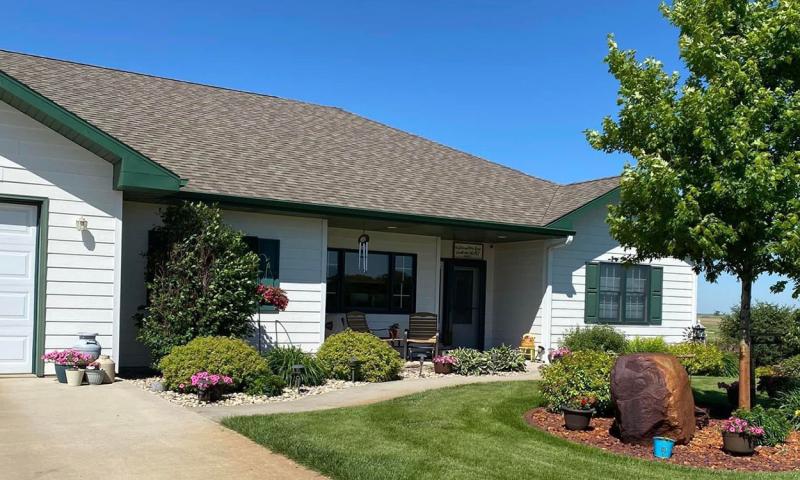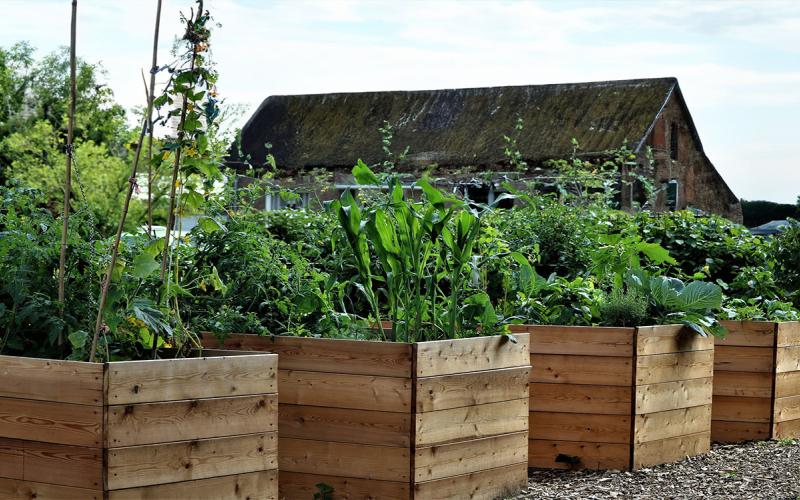
Caregivers are people who do not often identify as a caregiver. They are a spouse or partner, a friend or neighbor, a sibling, or an adult child. Each day they help someone in their life with various tasks, such as grooming or managing health conditions. Offering this help is what you do for the people you care about when they face illness or physical decline. Not because you call yourself a caregiver.
Caregivers are helping friends or relatives remain in the home in the face of physical and health challenges. These caregivers provide insight about home modification and the role it plays in the quality of life in the home. This is critical, given the widespread preference to remain in the home.
Caregivers were invited to share their personal experiences caring for someone in the home. They were asked to focus their stories around how the design of the home helps or makes things more difficult as a caregiver. Three caregivers agreed to share their stories. Below you will find their accounts.
Caregiver Stories
Rhoda
Rhoda is a caregiver to her husband, John, who lives with Parkinson’s disease and chronic hip/back pain. She describes the need for a bathroom renovation because of the difficulties she experiences helping John bathe. She described many renovations she would like to make, including replacing carpet with vinyl planking, handrails on stairs, lever handles on doors, and a ramp. She says the ramp would have the most-positive impact on her life. Even though John does not use a wheelchair, the steps into the home are challenging during wind and other weather conditions. She says the challenges she faces in implementing home modification include finding someone to do the work and limitations of the existing floorplan.
Melanie
Melanie’s story is different from Rhoda’s experience. Her home was built with caregiving at the forefront. She is a caregiver to her adult daughter, Stephanie. The year was 2007. Melanie and her husband were faced with a choice. Stephanie must either live with them or move into a nursing home. Melanie and her husband decided to bring Stephanie into their home. When they built a new home, they carefully considered Stephanie’s needs. For example, the home includes a no-step entrance. Other features in the home include an elevator, automatic door openers, SureHands lift, deck-mounted bathtub, lowered light switches, and automatic light switches. These features have made a positive impact on Melanie’s life and helped her keep Stephanie in her home.
Mary
Our final caregiver also has a home that meets her needs. Mary is the caregiver to her mother. She needed assistance after Mary’s father passed away. Mary said that her home did not require any significant renovations to accommodate her mother’s needs. The one home modification that was needed was the installation of grab bars in the bathroom. One area of the home is not accessible to Mary’s mother. She is unable to manage the single step to access the patio. Mary says that she would like to eliminate that step, but she has learned to make what she has work by setting up a sitting area in the garage or driveway.

Voices for Home Modification
Through these stories we learn about challenges in the home, implementing home modification, benefits of building a home with caregiving at the forefront, and how a single step can prevent someone with mobility limitations from accessing outdoor spaces. Caregivers help keep people in their homes. Home modification may improve the quality of life of caregivers by making it easier to help friends or relatives with everyday tasks. The Voices for Home Modification of the Dakotas project seeks to help connect caregivers with home modification resources available in North Dakota and South Dakota.


